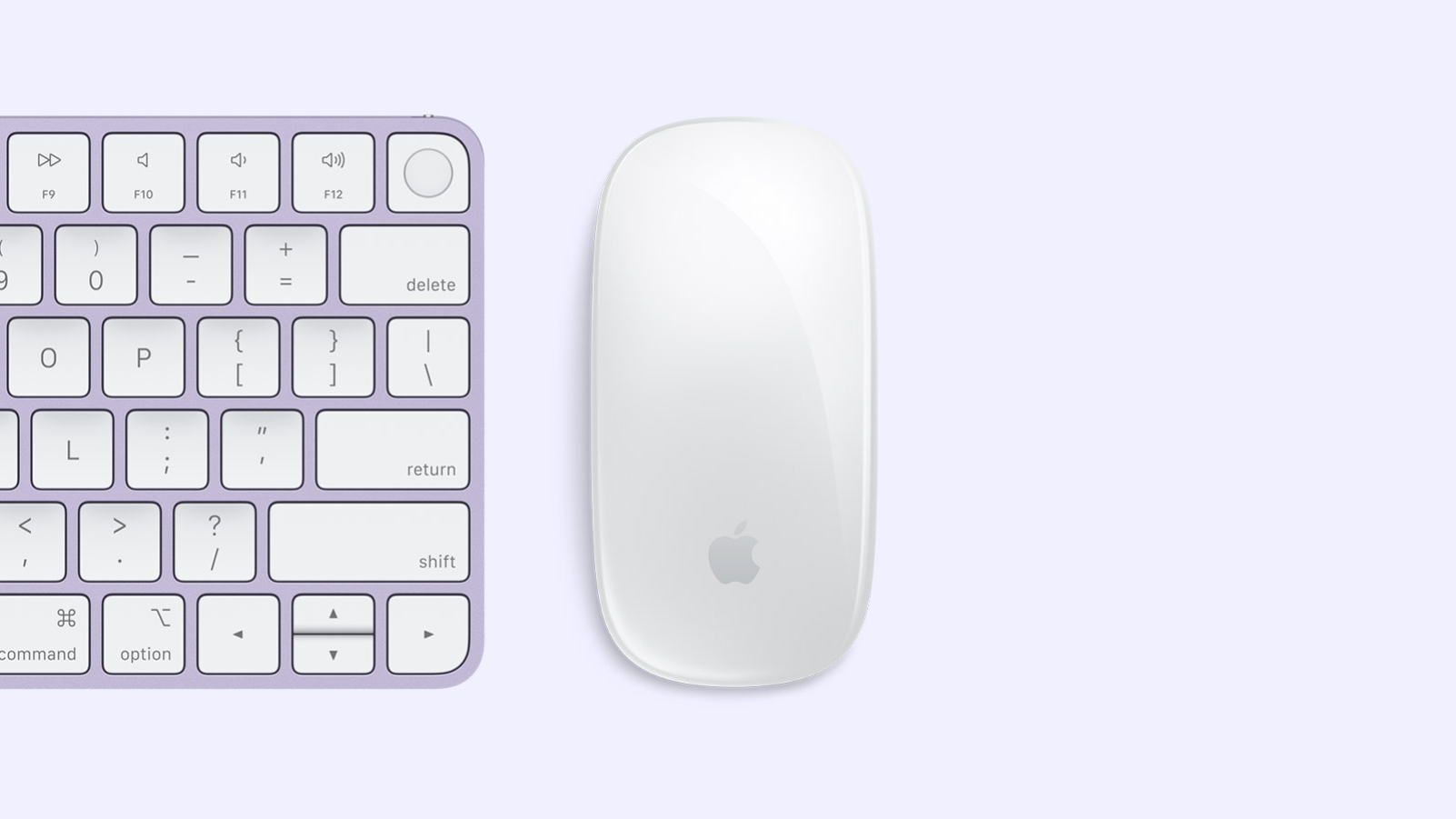Nvidia may blow the RTX 4060 Ti launch with an absolutely terrible price
So with the launch of the Nvidia RTX 4070, all eyes have really been on the anticipated release of the Nvidia RTX 4060 Ti, but if a recent report pans out, don’t get your hopes up. This launch could suck.
At least that’s the word from Red Gaming Tech, whose sources put the price tag for the RTX 4060 Ti at $450, or $50 more than the RTX 3060 Ti it’s replacing. That’s a nearly 13% increase gen-over-gen, and while it doesn’t sound like that big of a price increase, it really is, and the RTX 3060 Ti was already more expensive than it needed to be when it launched.
The performance target for the RTX 4060 Ti appears to be on par with the RTX 3070, though toss in DLSS 3 and Frame Generation, and you can expect to get better performance while gaming than you would with the RTX 3070, when those features are enabled with your games. That isn’t always the case, obviously.
And, given prices everywhere have gone up, it shouldn’t be any surprise that Nvidia’s will too. There’s just one problem: nobody has any money, and further putting GPUs out of reach of gamers who missed out on an entire GPU generation due to cryptominers and scalper bots is a great way to turn loyal customers very bitter.
Now, to be clear, this is one rumor, and so everything needs to be taken with a grain of salt until we actually hear something more official from Nvidia. And, plenty of “leaks” about pricing for Nvidia’s Lovelace series have gotten it wrong, so we can’t throw up our hands in exasperation totally. Still, if Nvidia keeps up this trend and starts charging more for these lower-tier cards, they’ll be in for a rude awakening from gamers.
Nvidia will burn a lot of its fans if it overprices its budget cards
There hasn’t been a single Lovelace card that’s sold for its predecessor’s price, and as our buddies over at PC Gamer point out, this is increasingly unjustifiable the lower down the GPU stack you go.
The Nvidia RTX 4090 ran laps around the RTX 3090 Ti and was putting up just stupid numbers against the rest of the Ampere generation. Considering the RTX 3090 had an MSRP of $1,499 and the RTX 4090 bumped that up by $100, this was much more of an acceptable tradeoff. A roughly 7% price bump for a card putting out 50-60% better performance at 4K? That seemed pretty reasonable, at least relative to the pricing of the 3090 and 3090 Ti.
Then came the RTX 4080, which was priced to match the RTX 3080 Ti and completely yeeted itself right out of the conversation on that basis. The RTX 4070 Ti was better, but not by much, and the RTX 4070 really is about the threshold of what a lot of gamers are willing to tolerate at this point.
And much like the RTX 4070 offered RTX 3080 performance (and even RTX 3080 Ti performance) at $599 (a 20% increase in price over the RTX 3070), at this point we honestly should expect to see Nvidia price the RTX 4060 Ti higher as well to go along with what is expected to be similarly improved performance.
But what does any of this even matter if gamers can’t afford to buy the cards you’re trying to sell them? Given that finding stock of the RTX 4070 in the US and UK is still fairly easy, it doesn’t seem like a lot of gamers are jumping at the chance to buy the 4070 at its MSRP. Many of them probably can’t afford to drop $600 on a GPU, and they’re probably waiting for the RTX 4060 Ti to finally make the jump.
So Nvidia might really put itself in a bind if it hits these gamers with a price increase that puts the successor to our pick for the best graphics card of the last generation out of reach when for many this is the card that most of them have been waiting for.
It is literally the kind of thing that could turn long-time Team Green partisans into AMD devotees, especially as AMD still has yet to even announce its Radeon RX 7800 XT, much less its more budget-friendly cards further down the stack. And if those cards are anywhere near as good as what we saw with the AMD Radeon RX 7900 XTX, Nvidia might royally fumble the bag on what is probably its most important graphics card release of the year.
Honestly, Nvidia, for just this one card if nothing else, keep the MSRP where it was the last time around. The extra $50 a card just isn’t worth it.




